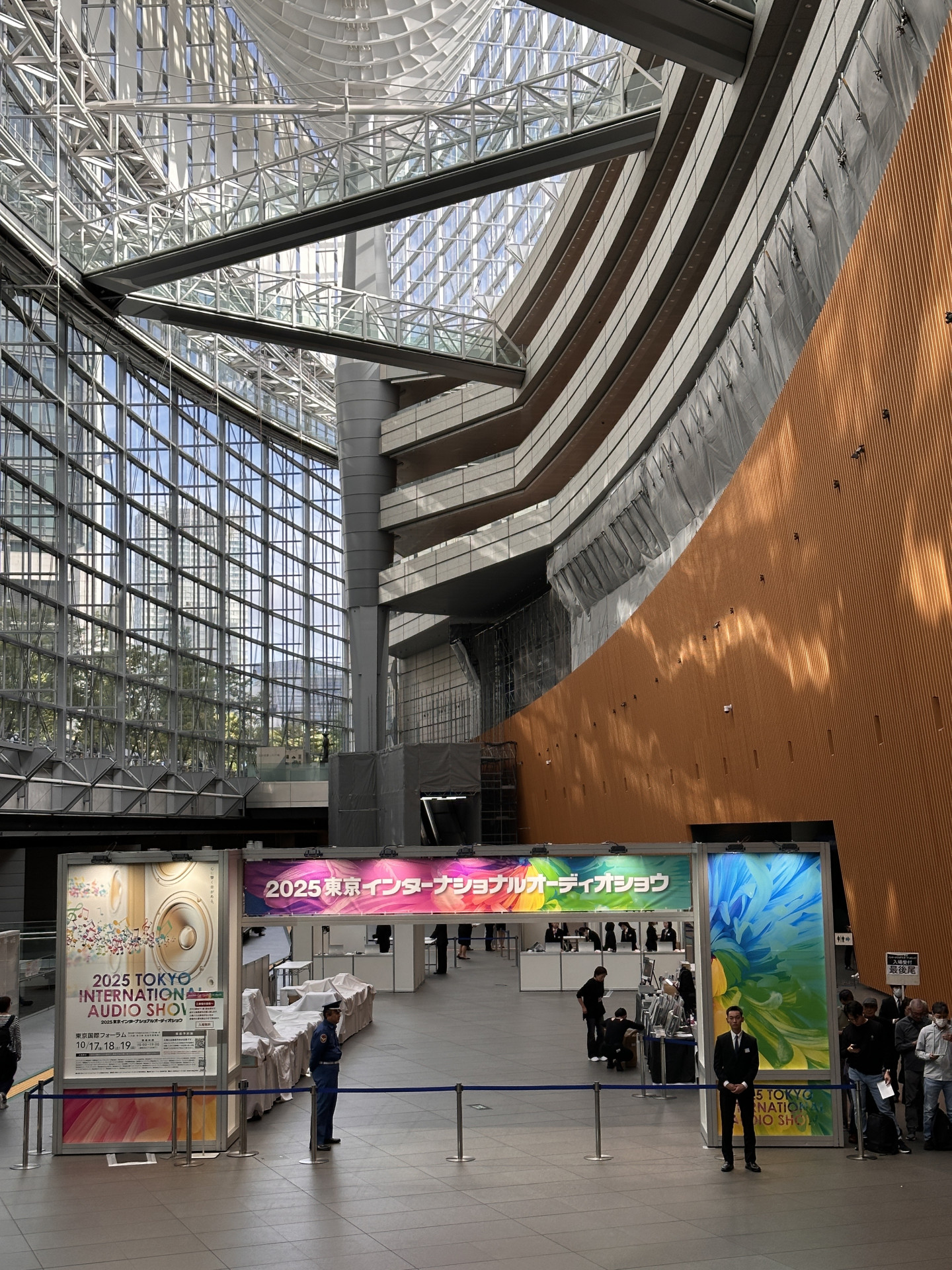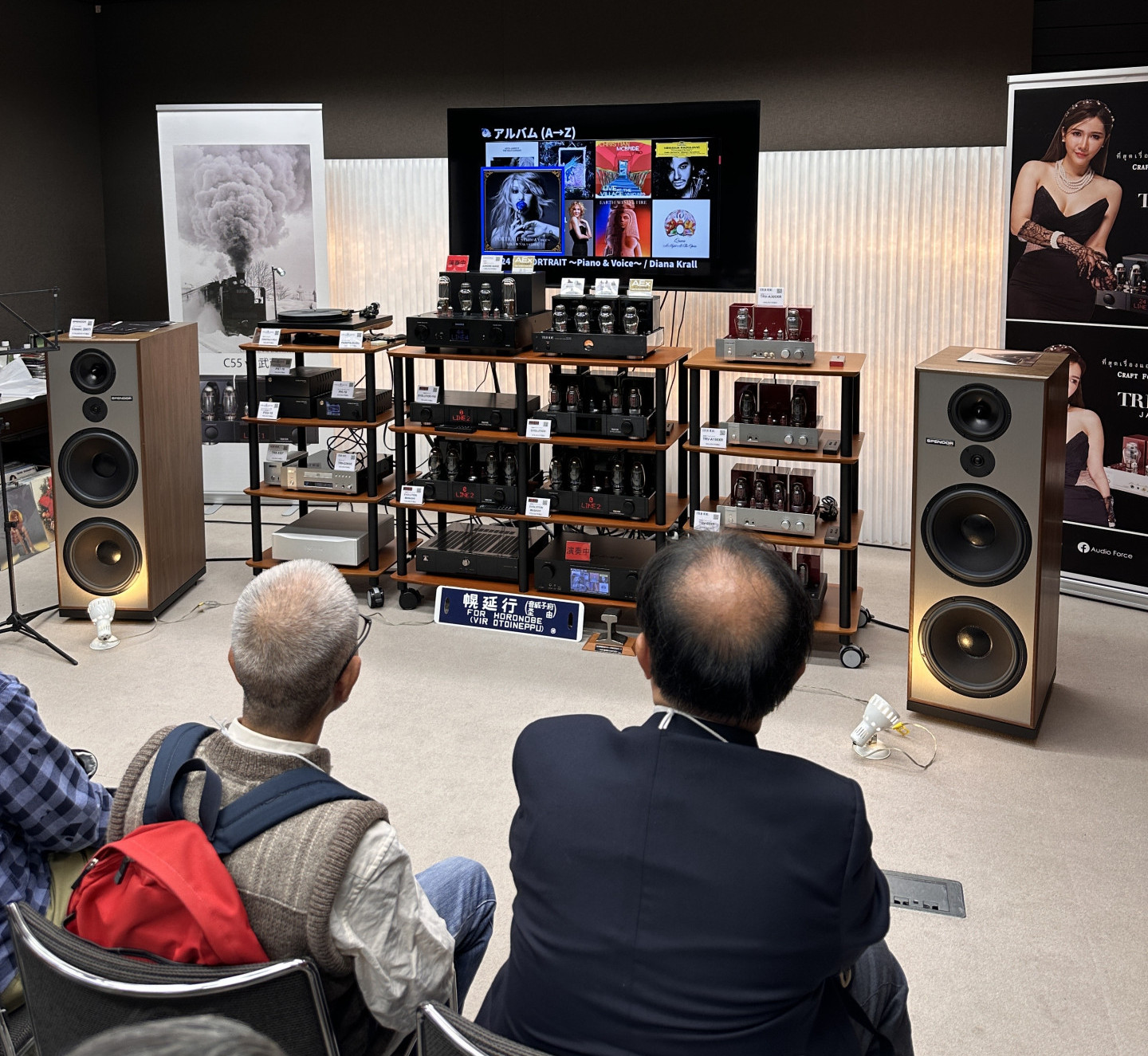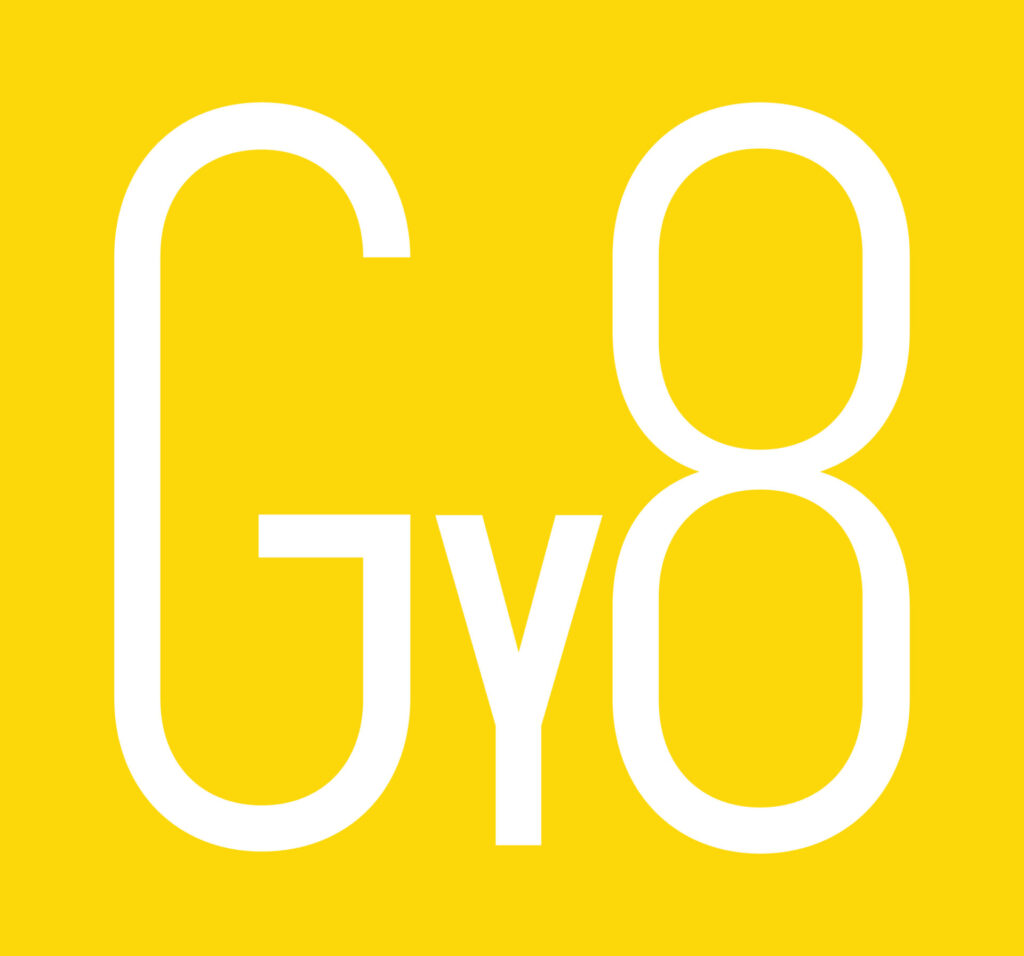Beyond Gear, Into the Realities of the Market
By Martin Leung

Many readers (and members of the industry) pore over show reports, reading product descriptions and gazing at photographs. But often, the real story of or interest in a show lies in what it tells us about the market in which it happens and the wider global situation. So, if you want a product-by-product, blow-by-blow account of the Tokyo Show, with a picture from every room, this isn’t it. Instead, it’s a look at the background to the show and what it tells us about the Japanese and wider Asian market(s).
A Show Rooted in Tradition, with an Eye on Global Reach
TIAS, short for the Tokyo International Audio Show, is organized by the International Audio Society of Japan—a local industry-led group formed to promote imported audio products in Japan. It makes sense that the society also takes charge of hosting the country’s major hi-fi event, helping overseas brands gain exposure in a uniquely demanding market. In this it’s not unlike the High-End Society in Germany, that organised the Munich and now the Vienna Show.
But the way the market in Japan operates is quite distinct. From what I’ve seen over the years, I’d describe it as sitting somewhere between open and closed. The market itself welcomes foreign products—especially from the US, Germany, and Italy—but the route into Japan is highly structured and extremely traditional. It is almost impossible for a brand to enter the Japanese market directly. Instead, it is essential to operate through a distributor who acts as a local intermediary, who then introduces them to retailers and the media. Similar to three-tier approaches in other markets, in Japan it is far more rigid. It’s an old-school approach, but there’s a reason behind it.

Back in the 1980s, while English was already the international audio language, it was barely spoken in Japan’s audio industry. People who could communicate directly with overseas brands were few and far between, so it made sense that trusted intermediaries played a key role. These go-betweens weren’t just translators—they handled sales, logistics, and relationship-building. More than simply distributors, they navigated the complex cultural and customer relationships that characterize Japanese society. That model worked well at the time, and in many ways, it still does.
Today’s Japan: Globalized, But the Industry Stays Conservative
Of course, things have changed. The younger generation in Japan and Japanese society in general, is much more comfortable with English and other languages now. On this trip, I saw young tour guides fluently explaining local culture to Korean tourists. Shops and restaurants are fully geared toward international visitors. Even navigating public transport – once an almost insuperable challenge – is easier. But in the audio industry, little has changed and the traditional structure remains largely intact. Intermediaries still matter—not just because of language, but because selling high-end audio in Japan involves more than just shipping boxes. It goes beyond the familiar tasks of promotion, demo setup, branding and service, with a heavy emphasis on reputation and long-term trust… and a deep understanding of local business culture. It’s a delicate, relationship-driven process that doesn’t lend itself to shortcuts.
TIAS 2025: An Event for the Faithful, Not the Curious
The show takes place at the Tokyo International Forum, spread across three levels with around 40 demo rooms. That’s a scale similar to the shows in Shanghai or Singapore. Lasting three days, it attracted an attendance of between 2,000 and 3,000 visitors. The crowd leaned heavily toward older enthusiasts—mostly mature or elderly attendees. I didn’t see many younger faces, apart from the occasional young couple. Unfortunately, this reflects a trend we’re seeing worldwide as the hi-fi scene struggles to draw in and engage with the younger generation. And in most cases, it comes down to cost—these systems are simply too expensive (and too big and complex) for many people starting out.
Plenty of Prestige, But Nothing New
TIAS still managed to bring together over 100 top-tier brands from around the globe, most of them sit right at the peak of the cost and quality pyramid. So, was I impressed? Not exactly. Seeing ultra-high-end gear like CH Precision, dCS, or this year’s buzzworthy flagship speaker—the Marten Coltrane Supreme Extreme—was to be expected. These names are already well established in Japan. But compared to the range of products and product launches that you’ll see at Munich High End or the Hong Kong AV Show, I can’t say TIAS offered anything particularly new.
Japan’s Accessory Market: Where’s the Magic This Year?
But what I’ve always found fascinating about the Tokyo show is the range of alternative products and tweaks. Japan has long had a reputation for producing interesting audio accessories—especially the kind that push boundaries. Think Schumann wave generators, CD demagnetizers, and network noise filters, all devices that first surfaced or became established in Japan. These niche, almost mysterious components have a real following here. I was hoping to discover a few surprises along those lines, but the show didn’t deliver on that front either. Perhaps the most interesting example I discovered was the Increcable iEARTH parallel grounding system. But intriguing as it is, it’s also well behind the developmental curve being set by established European/US companies like TriPoint, Nordost, CAD and The Chord Co, leaving the firm impression that Japan’s high-end market isn’t as lively or innovative right now as people like me expect. That’s not to knock Japan specifically. In 2025, no region is immune to the effects of global economic shifts, trade tensions, or political uncertainty. Sometimes, scaling back is just part of adjusting to the market. But while the industry can recalibrate, one thing it can’t change so easily is the customer base.
Ageing Markets, Premium Streamers and the Disconnect



